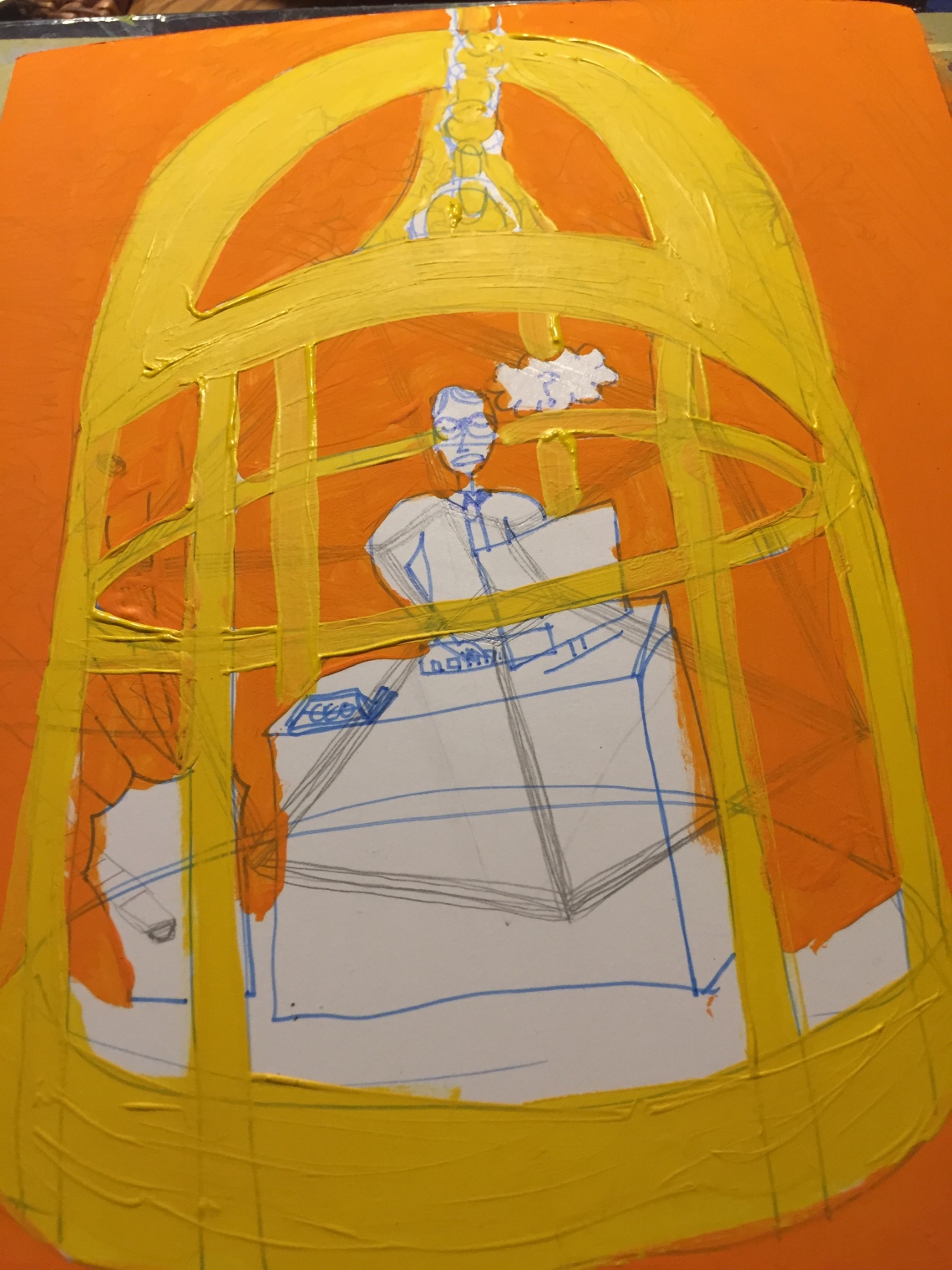
A work I started: if a company can commercially make its mark, why can’t a women go to the moon? My guess, she’ll be a Millennial ~ get ur rockets thundering! Are we preparing now Canada?

A work I started: if a company can commercially make its mark, why can’t a women go to the moon? My guess, she’ll be a Millennial ~ get ur rockets thundering! Are we preparing now Canada?

What exactly does a CEO do? Today, he’d better be digital! READ MORE: http://www.optioneerjm.com where I’m writing a blog about it using the outline of the cartoon below, in progress. FYI @optioneerJM was suspended by @Twitter > please #RT so my 20000+ followers know and to follow me under @1960to65 … it’s fine everywhere else @optioneerjm on @Instagram @Facebook @Pinterest @reddit @LinkedIn @Quora

“I feel what I wear” ~ Jeannette Marshall @optioneerjm http://www.optioneerjm.com Tweed is in this Fall/Winter 2019/20 must have #fashion staple for #Hipsters any age!! don’t go cheap! #CalgaryBlogger
@MarioFrangoulis >> just listening to your song with @SarahBrightman how beautiful and lovely


Quora invited me to answer this question:
I’m a thinker. How can I also become a doer?
How can I find a balance between doing and thinking? I want to become a doer.
I am both a thinker and a doer and wouldn’t say that I am more one than the other. However, I also admit that I am weakened by procrastination. Personally, I find the best way of resisting the temptation of putting off tasks is by creating a TO DO list, using tools like OUTLOOK or other relationship management systems when they are aligned with a customer.
I adopt my TO DOs with actionable items that are not vague. Take into account that broad task statements are less likely to be completed if you don’t factor that there may be steps to complete the item. Be realistic as to the timelines that it should take to accomplish the almighty check mark on being DONE.
As a thinker, you may want to start off by specifying what your desired outcome is. You can do this by framing the ultimate outcome with bullets on the steps to arrive at the final destination. For example:
| I found this to include after I wrote this article/answered question |
3. Organize receipts by allowable expenses
4. Automobile
5. Capital expenses
FINITO, DONE, ACCOMPLI!
Hopefully, as a thinker, you can map out what needs to be done starting with the final destination in mind and then itemize the detailed steps.
Imagine the sense of accomplishment you will have as you tackle and check off those items. You can keep editing as you go along. Keep in mind to be flexible and fluid because it isn’t unusual to have new items surface as you are drilling down to finish a task. The beauty could be a template to follow for the next year: doing the tasks as you go along and when the time is right! That would be considered being proactive!
via Blogger http://ift.tt/2gpwboT
via Blogger http://ift.tt/2gpxNip
via Blogger http://ift.tt/2hjTVPL
via Blogger http://ift.tt/2hu33BK
Quora invited me to answer this question:
I’m a thinker. How can I also become a doer?
How can I find a balance between doing and thinking? I want to become a doer.
I am both a thinker and a doer and wouldn’t say that I am more one than the other. However, I also admit that I am weakened by procrastination. Personally, I find the best way of resisting the temptation of putting off tasks is by creating a TO DO list, using tools like OUTLOOK or other relationship management systems when they are aligned with a customer.
I adopt my TO DOs with actionable items that are not vague. Take into account that broad task statements are less likely to be completed if you don’t factor that there may be steps to complete the item. Be realistic as to the timelines that it should take to accomplish the almighty check mark on being DONE.
As a thinker, you may want to start off by specifying what your desired outcome is. You can do this by framing the ultimate outcome with bullets on the steps to arrive at the final destination. For example:
| I found this to include after I wrote this article/answered question |
3. Organize receipts by allowable expenses
4. Automobile
5. Capital expenses
FINITO, DONE, ACCOMPLI!
Hopefully, as a thinker, you can map out what needs to be done starting with the final destination in mind and then itemize the detailed steps.
Imagine the sense of accomplishment you will have as you tackle and check off those items. You can keep editing as you go along. Keep in mind to be flexible and fluid because it isn’t unusual to have new items surface as you are drilling down to finish a task. The beauty could be a template to follow for the next year: doing the tasks as you go along and when the time is right! That would be considered being proactive!
via Blogger http://ift.tt/2gpwboT
via Blogger http://ift.tt/2gpxNip
via Blogger http://ift.tt/2hjTVPL
via Blogger http://ift.tt/2hu33BK
Quora invited me to answer this question:
I’m a thinker. How can I also become a doer?
How can I find a balance between doing and thinking? I want to become a doer.
I am both a thinker and a doer and wouldn’t say that I am more one than the other. However, I also admit that I am weakened by procrastination. Personally, I find the best way of resisting the temptation of putting off tasks is by creating a TO DO list, using tools like OUTLOOK or other relationship management systems when they are aligned with a customer.
I adopt my TO DOs with actionable items that are not vague. Take into account that broad task statements are less likely to be completed if you don’t factor that there may be steps to complete the item. Be realistic as to the timelines that it should take to accomplish the almighty check mark on being DONE.
As a thinker, you may want to start off by specifying what your desired outcome is. You can do this by framing the ultimate outcome with bullets on the steps to arrive at the final destination. For example:
| I found this to include after I wrote this article/answered question |
3. Organize receipts by allowable expenses
4. Automobile
5. Capital expenses
FINITO, DONE, ACCOMPLI!
Hopefully, as a thinker, you can map out what needs to be done starting with the final destination in mind and then itemize the detailed steps.
Imagine the sense of accomplishment you will have as you tackle and check off those items. You can keep editing as you go along. Keep in mind to be flexible and fluid because it isn’t unusual to have new items surface as you are drilling down to finish a task. The beauty could be a template to follow for the next year: doing the tasks as you go along and when the time is right! That would be considered being proactive!
via Blogger http://ift.tt/2gpwboT
via Blogger http://ift.tt/2hsVbAA
via Blogger http://ift.tt/2gq27cR
via Blogger http://ift.tt/2hjQdFK
Quora invited me to answer this question:
I’m a thinker. How can I also become a doer?
How can I find a balance between doing and thinking? I want to become a doer.
I am both a thinker and a doer and wouldn’t say that I am more one than the other. However, I also admit that I am weakened by procrastination. Personally, I find the best way of resisting the temptation of putting off tasks is by creating a TO DO list, using tools like OUTLOOK or other relationship management systems when they are aligned with a customer.
I adopt my TO DOs with actionable items that are not vague. Take into account that broad task statements are less likely to be completed if you don’t factor that there may be steps to complete the item. Be realistic as to the timelines that it should take to accomplish the almighty check mark on being DONE.
As a thinker, you may want to start off by specifying what your desired outcome is. You can do this by framing the ultimate outcome with bullets on the steps to arrive at the final destination. For example:
| I found this to include after I wrote this article/answered question |
3. Organize receipts by allowable expenses
4. Automobile
5. Capital expenses
FINITO, DONE, ACCOMPLI!
Hopefully, as a thinker, you can map out what needs to be done starting with the final destination in mind and then itemize the detailed steps.
Imagine the sense of accomplishment you will have as you tackle and check off those items. You can keep editing as you go along. Keep in mind to be flexible and fluid because it isn’t unusual to have new items surface as you are drilling down to finish a task. The beauty could be a template to follow for the next year: doing the tasks as you go along and when the time is right! That would be considered being proactive!
via Blogger http://ift.tt/2gpwboT
via Blogger http://ift.tt/2gpxNip
via Blogger http://ift.tt/2hjTVPL